The past year has been interesting, to say the least.
While the COVID-19 pandemic has resulted in restrictions in our daily lives, it also has been one of the busiest years within the farrier industry as horse owners spent more time with their mounts. With increased business comes a greater need for hoof-care education. As the year comes to a close, American Farriers Journal editors compiled the articles that you read most from each month in 2020.
1. Frankly Speaking: Dangers Facing Police Horse Farriers
By the nature of the business, farriery is a dangerous job in which your fate can change without warning. Even the most skillful horseperson is one horse away from loss of career or worse. Beyond the horse, factor in the equipment carried on a shoeing rig and used on a daily basis. As the cliché goes, accidents happen.
Farriers accept the inherent danger presented with their work, but other circumstances can increase the risk. Yet, under these circumstances, farriers continue to deliver vital hoof care to horses.
2. Alfalfa and the Insulin Resistant Horse
Alfalfa can be an excellent addition to most horses’ diets, even for those that are insulin resistant.
Equine nutritionist Juliet Getty often recommends feeding it because it boosts the overall protein quality of a grass-hay diet and, in general, enhances the horse’s muscle tone, immune system and overall health. Some people, though, just don’t want to feed alfalfa — they believe it causes laminitis. After years of working with horses, it appears that it may, in fact, lead to laminitis in some horses.
3. Sugardine — A Stinky, Gooey Mess That Works When Treating Wound Injuries
Sugardine is simply a paste of granulated white sugar and betadine solution or scrub mixed to a toothpaste or peanut butter consistency, and it is a remarkably safe and effective wound dressing.
It’s so simple that people can’t believe that it actually works until they see it firsthand. Then afterward, they can’t believe no one ever taught them about sugardine.
4. Through Surveying 3 Cases, Dr. Scott Morrison Discusses His Approach and Shares Footcare Tips
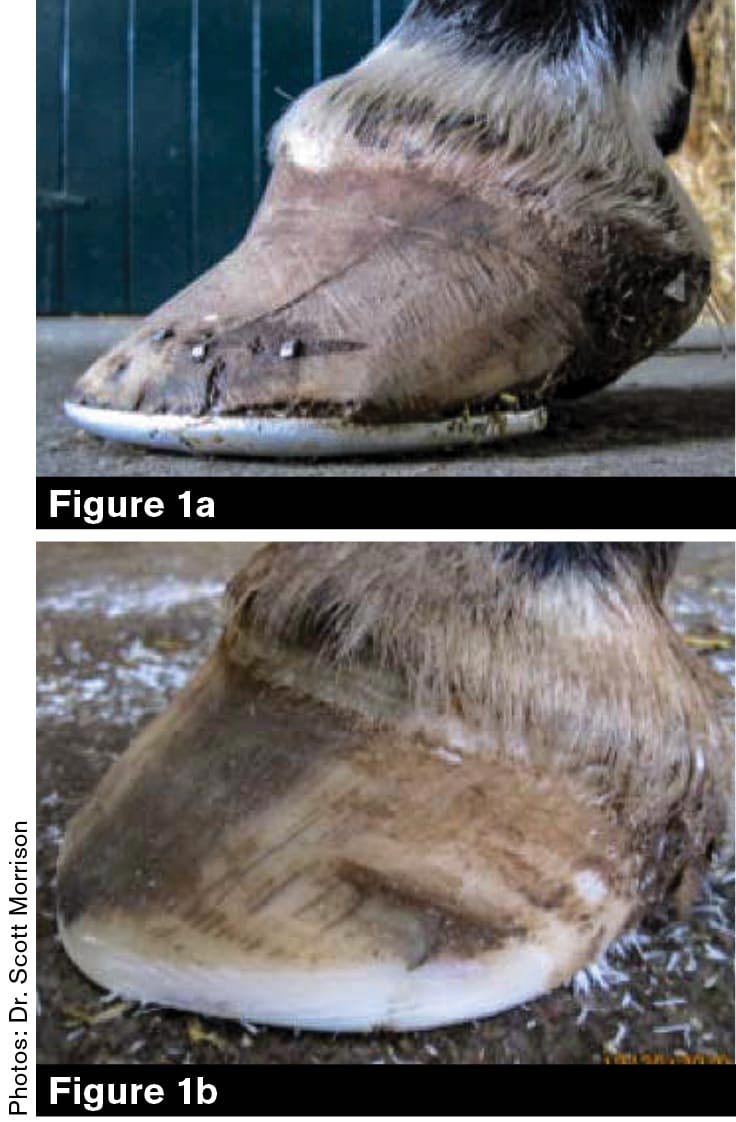 Every farrier faces complicated cases. Dr. Scott Morrison certainly has throughout his career. Based at Rood & Riddle Equine Hospital in Lexington, Ky., his work comprises mainly Thoroughbred athletes, stallions, broodmares and foals.
Every farrier faces complicated cases. Dr. Scott Morrison certainly has throughout his career. Based at Rood & Riddle Equine Hospital in Lexington, Ky., his work comprises mainly Thoroughbred athletes, stallions, broodmares and foals.
Showing progressive images of his work on a broodmare with underrun heels (Figures 1a and 1b), the farrier and Hall of Fame veterinarian touches on his footcare approach, and the goal in mind for helping the horse reach its potential.
5. Pricing for Trimming and Shoeing | Farriers' Horse Ownership
Nationally, the typical full-time U.S. farrier charges $131.46 for a trim and nailing on four keg shoes while part-time farriers charge an average of $94.49 for the same work.
Some 94% of U.S. farriers are not only involved with the footcare needs of numerous horses, but they and their immediate families also own horses, ride and/or compete in many different events.
6. Dealing With Thin-Soled Horses
The sole is the guardian that shields the sensitive structures of the hoof from contact with the outside world. Acting as the primary barrier against ground surface trauma, it is designed to handle concussion naturally; however, it seems that this once efficient protector has become one of the most abused structures of a horse's anatomy.
While the sole itself can grow quickly, it is the formation of callous that creates the necessary cushioning effect and that develops slowly.
Using healthy hooves from domestic horses as the standard, sole thickness normally is about 3/8 inch, with a uniformed callous extending to the underside of the lateral cartilages and the coffin bone.
Seen in a standing horse, a naturally shaped hoof would also have an arch to reflect the coffin bone's position at the front half of the foot, with the lateral cartilages forming the underpinning for the back half. This type of configuration allows for flexibility of movement, which enables the foot to effectively dissipate the shock of impact. And, while a stone bruise can happen as quickly as stepping on a rock, the amount of force placed on a thin-soled foot will have a direct effect on its susceptibility to harmful trauma in general.
7. What Do Hoof Rings Say About a Horse’s Health?
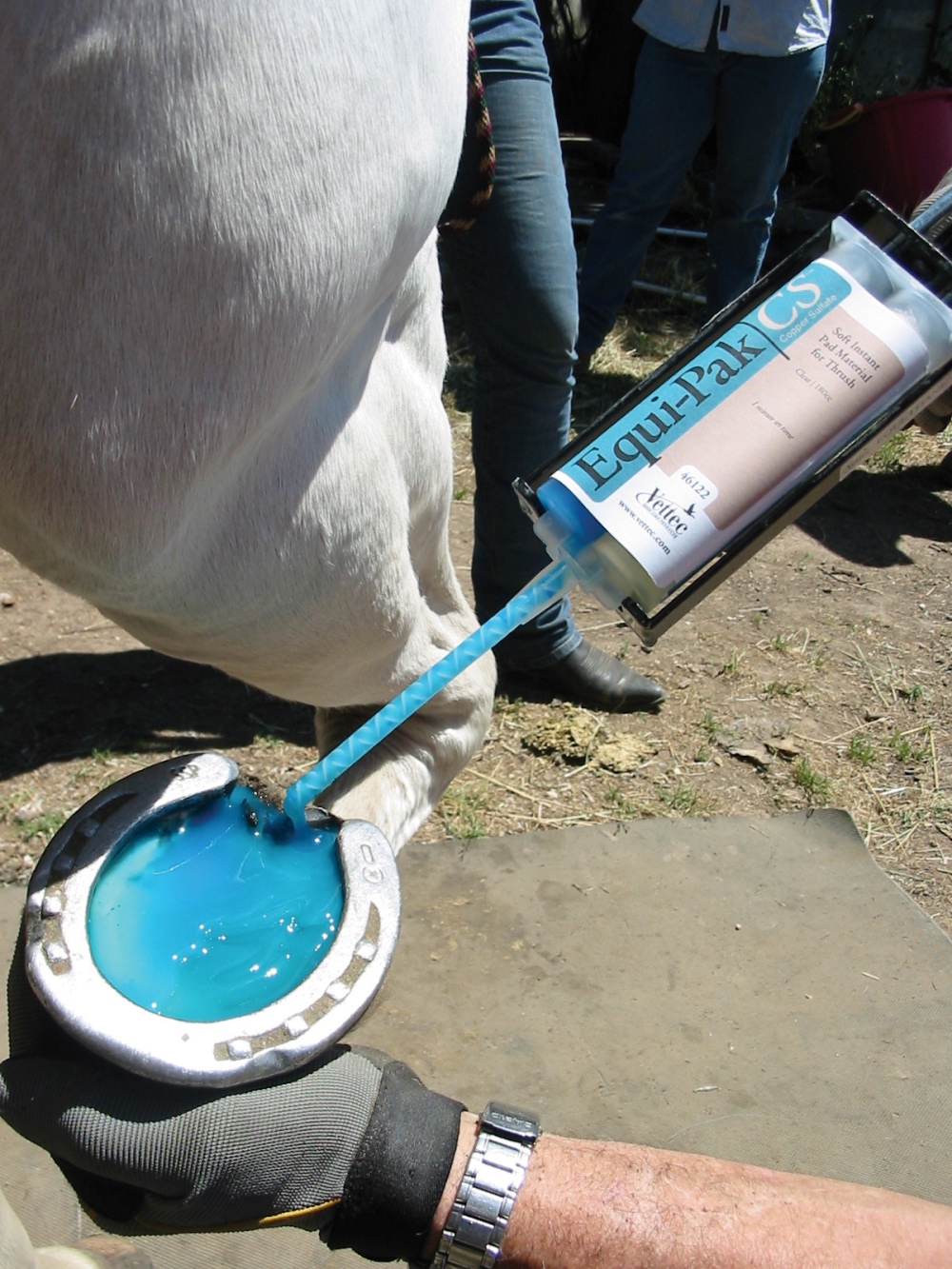
Stress. Although it is a natural part of life, stress can have a negative effect on health, and not just for humans.
In fact, horses can experience a variety of stressors that impact their health. Sometimes, signs of stress can show up in a horse’s feet as hoof rings. To keep horses happy and healthy, it’s crucial for horse owners to identify stressors that can lead to hoof rings, and provide proper care to hooves when needed.
8. Three Ways Not to Succeed in a Horse Capital
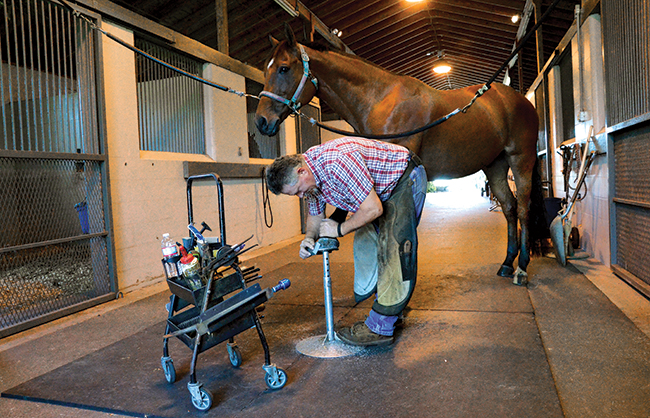
Ocala, Fla., is a horse capital. With nearly 1,200 horse farms in Ocala’s home county of Marion, the equine industry is big business. According to the Ocala/Marion County Chamber of Economic Partnership, the local horse industry generates around $2.2 billion annually. These big numbers have attracted many folks looking for equine-related jobs, including farriers. There are plenty of opportunities among the massive Thoroughbred farms, successful sport horse operations, backyard accounts, Paso Fino barns and the multitude of other breeds and disciplines.
Primarily practicing in the Ocala area, Scott Chandler’s diverse practice that mirrors the variety in Ocala — backyard, show barns, breeding farms and occasionally some Thoroughbreds headed to the racetrack. He also travels to Atlanta, Ga., and southern Florida to handle some high-end sport horses.
During show season, Chandler estimates there are around 400 farriers working in the concentrated Ocala area. There is no shortage of horses for these farriers to work with, but Chandler, who also has worked in Maine and North Carolina throughout his career, finds the attrition rate for farriers higher compared to other places he’s worked.
9. Harvested Grass Can Lead to Poor Hoof Quality in Winter
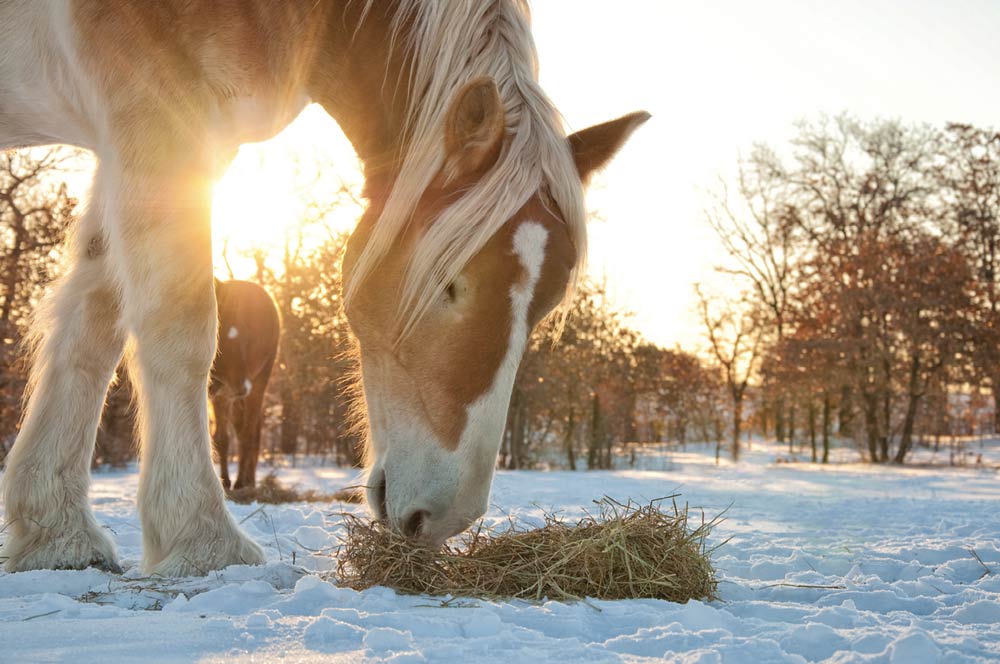
Fresh pasture grass is a significant source of nutrition for horses, but its nutritional value diminishes rapidly after harvest — which can be detrimental to winter hoof quality.
“The switch from pasture grass to hay is often the prime factor leading to loss of body and hoof condition,” says Dr. Scott Gravlee, an equine veterinarian and nutrition consultant with Cherokee, Ala.-based Life Data Labs. “The nutritional quality of hay is less than pasture grass, and the quality further diminishes the longer the hay is stored.”
10. Consider ...The Whole Working Foot
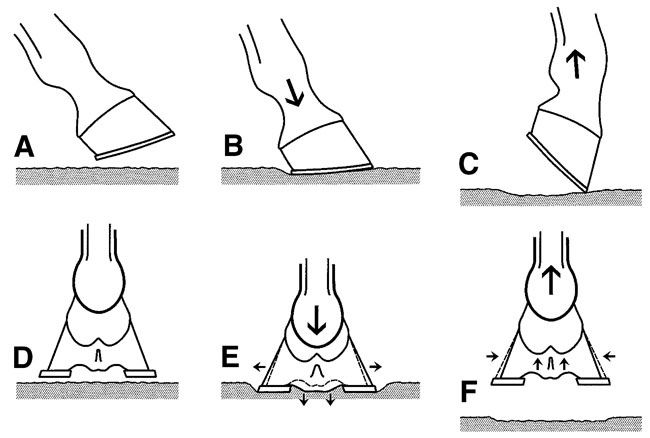
Today’s researchers need to ask themselves a few basic questions:
- Why do we keep removing parts of the horse’s hoof that are trying to grow?
- When we remove the heels of the hoof, what’s going to happen to the alignment of the bony column?
- When one-third of the anterior hoof wall is removed, how will this affect the horse’s base of support?
- If we can cause the heels of the hoof to grow down instead of forward, won’t the toe back itself up?
- Since we know that the body is always trying to repair itself, shouldn’t we be trying to assist it or at least not interfere with this process?
A key to understanding how the equine foot functions is to first realize that the hoof was made to travel upon the earth from which the animal’s food source comes. The better the food source, the better the earth below it. The earth also provides another essential element to the well being of the animal: It is one of the best shock absorbers known to man.

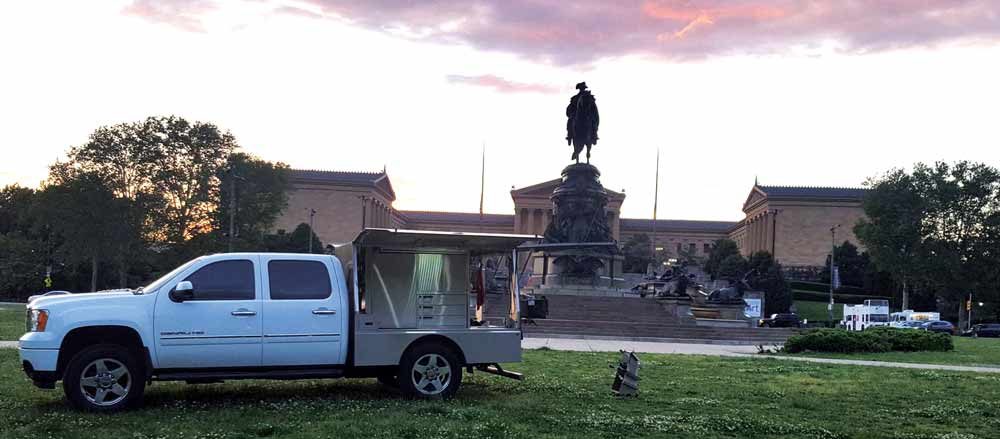






Post a comment
Report Abusive Comment